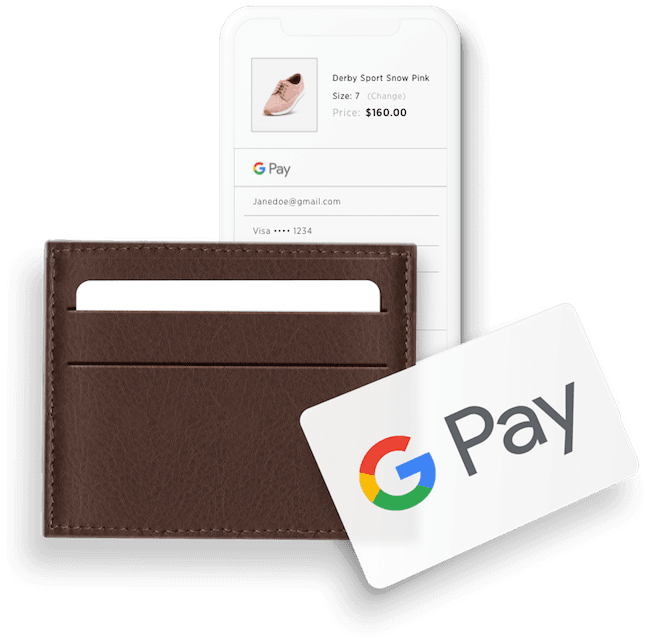Offer a better way to pay, by Google
Help provide a frictionless checkout experience for your customers with Google Pay
Already using BigCommerce? Activate Google Pay.

Turn potential customers into paying customers with Google Pay
With existing presence in 70+ countries, Google Pay makes checkout a breeze. Plus, customers who have Google Pay selected as their payment type are 65% more likely to complete checkout.*
Offer convenience
Customers can pay everywhere with information stored in their Google account.
Reach more customers
Millions of people already use Google Pay every day.
Reduce friction
Provide an easier checkout experience with as little as two clicks.



